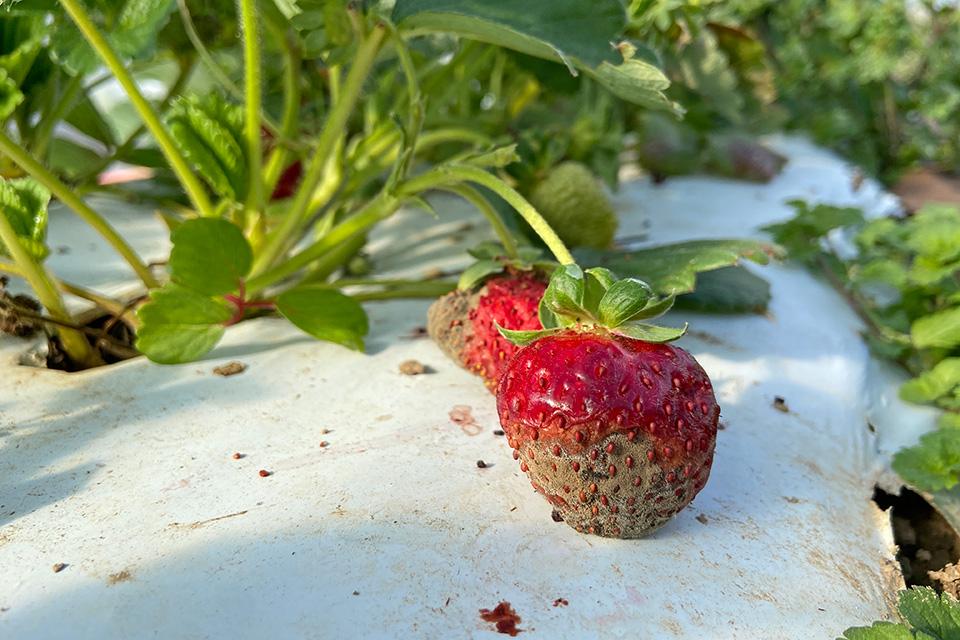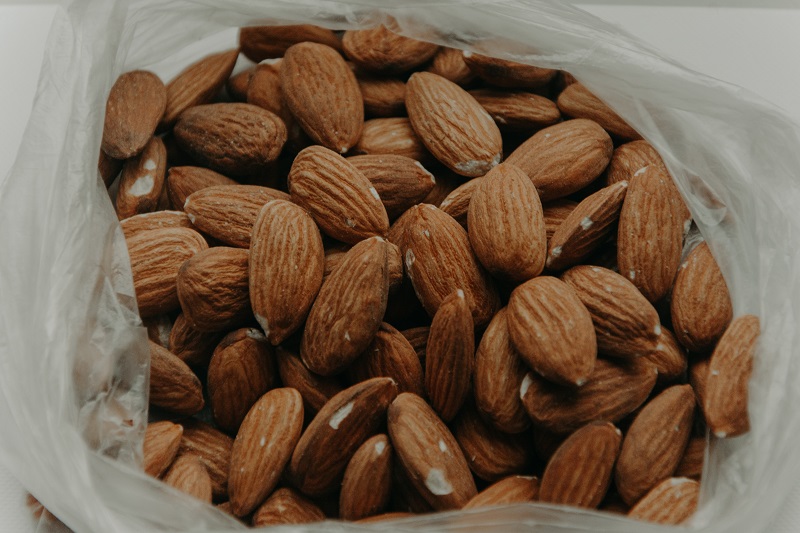3 Reasons Why 2017 Will be a Good Year for Florida Agriculture
Think positive and good things will happen. I’m pretty sure we’ve all heard those words of wisdom at some point of our lives. But, that saying is not just empty words to brighten up a lonely conference room whiteboard. It’s true, and it’s a medical fact.
According to the scientific minds at the Mayo Clinic, positive thinking helps with stress management and can even improve your health.
With that, I think it’s safe to say this rather holistic, metaphysical approach is needed now more than ever.
With President-Elect Trump taking office next month, change is coming, and many are thinking — or at least hoping — it will be for the better. Time will tell, and the clock is ticking.
While we wait for the political machine to crank in Washington, DC, there are several trendlines to feel good about if you’re a Florida farmer. Yes, multiple opportunities are brewing, but three in particular stand out to me.
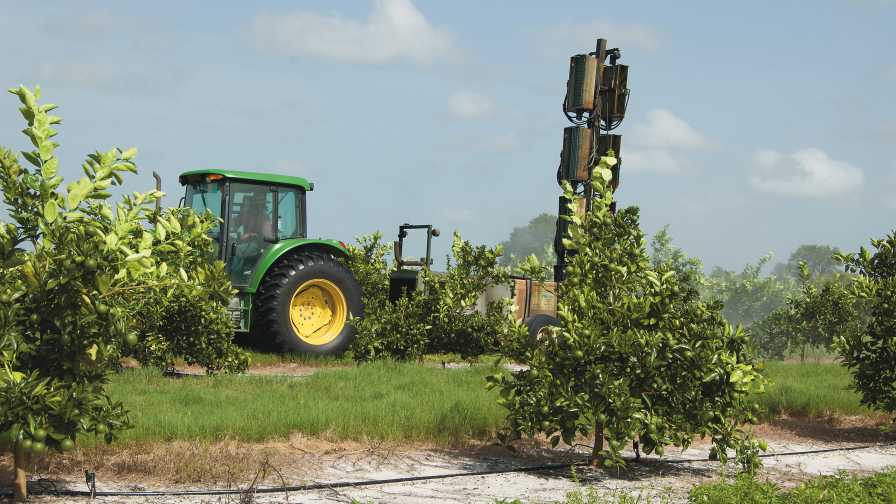
Bactericide applications during cooler times of the year, when HLB bacteria is more active, will be most effective.
Photo by Frank Giles
1. Bactericides Boost
Scanning the results of Florida Grower® magazine’s recently published State of the Florida Citrus Industry Survey, it appears a majority of you are following your doctor’s orders. For example, when it comes to the promise bactericides present in the fight against HLB, your answers say the glass is at least half full. A most impressive 75% of survey respondents said they were applying the unique antimicrobial chemistries in their groves. In addition, nearly half of respondents said they were applying bactericides more than three times per season. And finally, 56% of respondents expect either about the same or a higher yield compared to last season.
For an industry that has taken a beating, the survey results show growers and stakeholders are banking on a new way of thinking, and hoping for positive results. It might be a while before we truly know the full effect of bactericides. In the meantime, there are lots of fingers crossed.
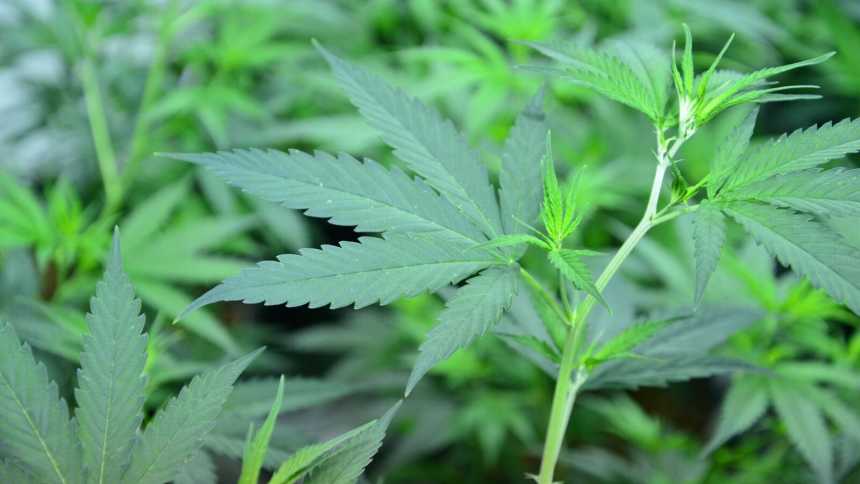
Photo courtesy of Surterra Therapeutics
2. Going With The “Green Rush”
Another post-Election Day headline here in Florida was the overwhelming passage of State Amendment 2, supporting the legalization of medical marijuana for individuals with specific debilitating diseases or comparable debilitating conditions as determined by a licensed state physician.
Currently, there are six licensed growing operations in the state producing medicinal cannabis. The demand is going to increase, not only for the growers, but also related industries. This sector is expanding exponentially in other states. The green wave is here, we need to be ready to ride it. Opportunities will be available as the details get ironed out.
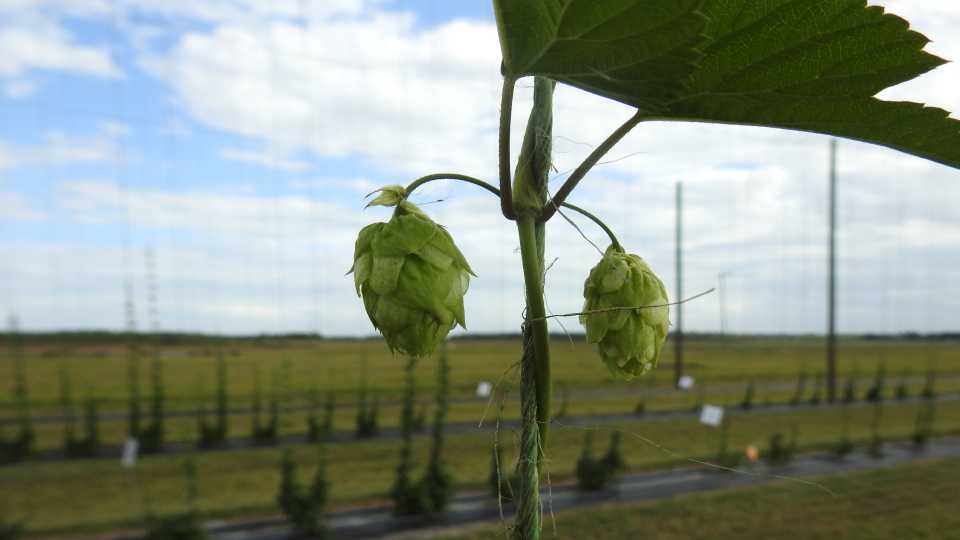
Photo by Frank Giles
3. Cheers To Alternative Crops
Can hops grow in Florida? Yes. Can hops serve as a viable alternative to those seeking to supplant something else in their production portfolio? This is a question I’ve been hearing more frequently of late. The interest is high and UF/IFAS researchers are making a good case for the crop’s viability.
The craft beer industry is surging, and there is a niche market for locally grown hops. Those willing to take the plunge might find themselves with more than a few reasons to say “cheers.”
Besides hops, can artichokes make the cut?
Blackberries?
Pomegranates?
We can hope. Think positive.




